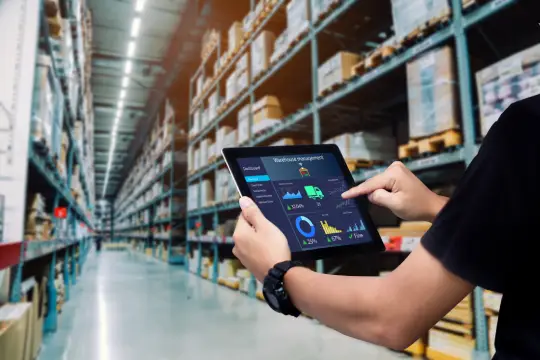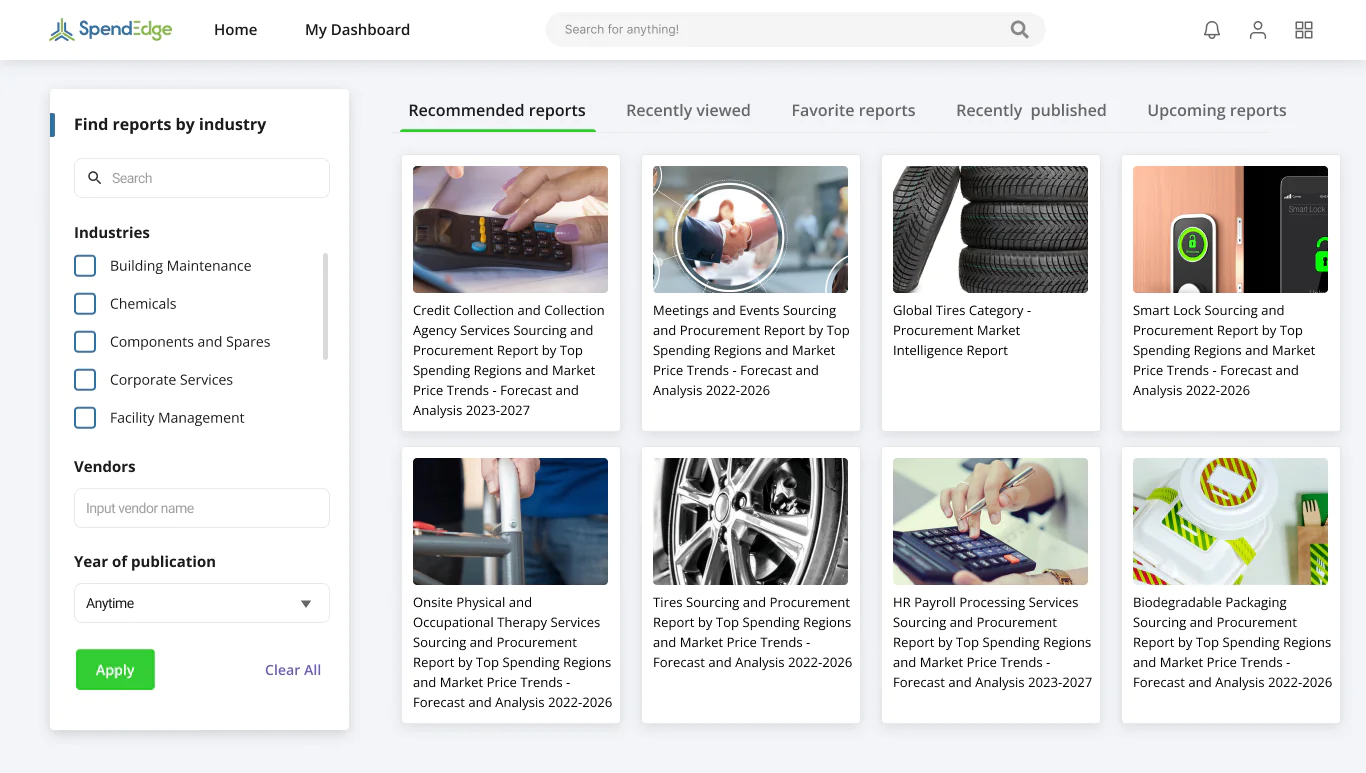
Diversification of the supplier base is the most prominent focus area for procurement teams globally in their pursuit of supply chain resiliency.

With the manufacturing workforce increasingly seeking greener pastures, organizations must rise to the occasion fast to restructure compensation structures and keep their head above water.

The highly dynamic regulatory landscape for industrial and manufacturing sectors necessitates organizations to keep their eyes peeled in order to ensure full compliance across their supply chains.
Equipment manufacturers must contend with a double-edged sword in the form of automation – it’s time to act fast, but not without deep procurement intelligence.
In an industry that’s arguably the world’s largest yet slowest growing, leveraging technology insights along with supplier intel is the key to profitability.
Amid growing need for dependable production processes, organizations are adopting cost modeling solutions in procurement planning.
Supplier evaluation and cost analysis are the defining components when it comes to highly effective and sustainable supply chain management.
Talk to Our Expert
The textile industry is at a pivotal moment. Traditionally defined by intense competition and rapid product cycles, today’s textile companies must navigate a more complex environment — one that prioritizes speed, sustainability, and strategic decision-making. As businesses pivot toward more customer-centric models, textile procurement has emerged as a key differentiator...
Read More to see the spendedge blogsGathering data on your supplier’s capability to deliver high-quality products is just not enough. More open communication will ensure suppliers not only deliver with quality but also ahead of schedule.

Mismatches between your needs and what your supplier delivers could weaken business performance. By collaborating intensely with suppliers, you can ensure your penchant for KPIs grows on them as well.